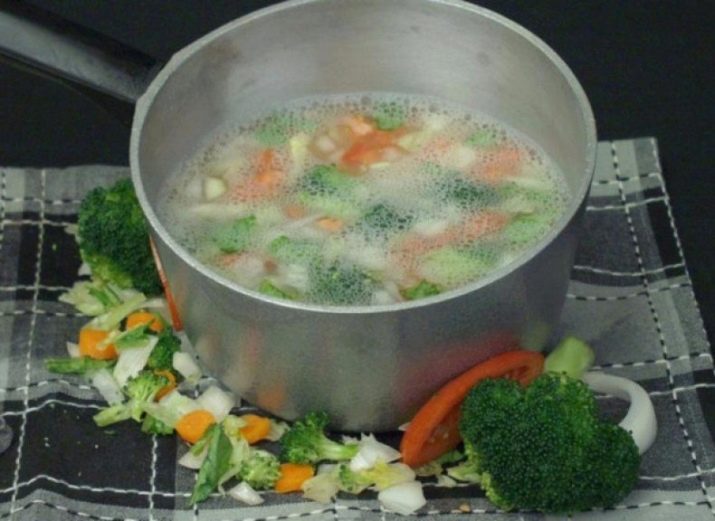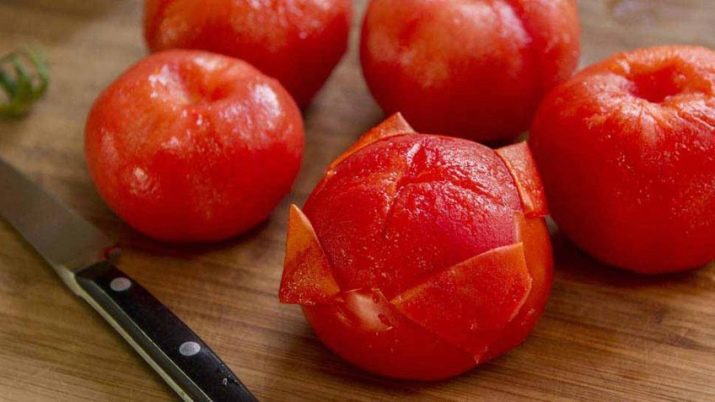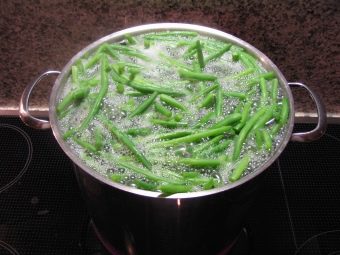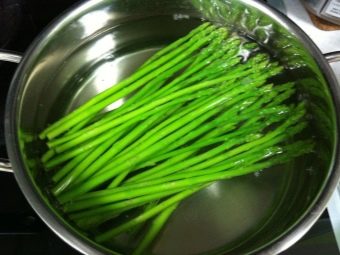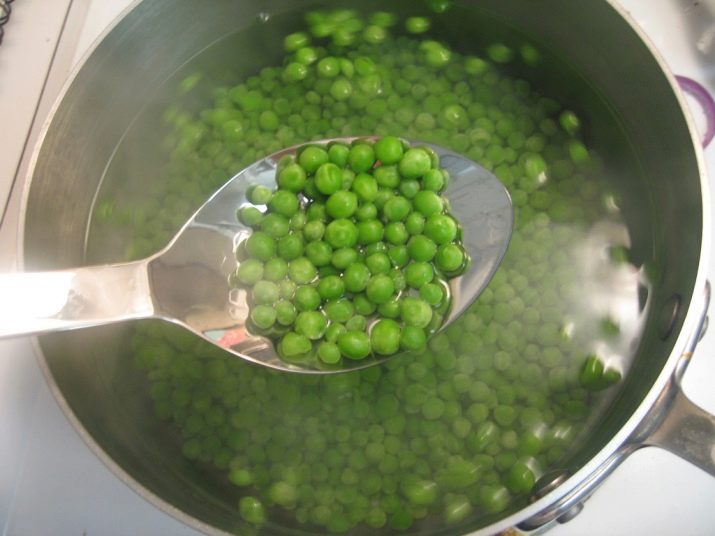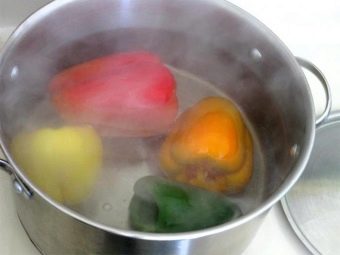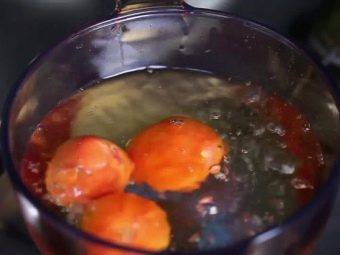What is blanching vegetables and how to perform it?
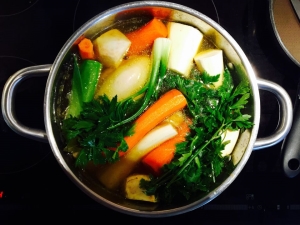
How to get the perfect crispy, flavorful and bright frozen vegetables? Very simple: you need to blanch the food before sending it to the freezer.Blanching - what it is, and why it is needed - we will examine in detail in this article.
What is it?
The interesting word "blanching" appeared from the French blanchir, which in Russian means "turn white." The meaning of the word is revealed as a special culinary technique that helps in a couple of minutes to scald the vegetables in boiling water. Blanching can also mean scalding with boiling water in some cases. In fact, in the process, some products really start to turn white; most likely, this is why this culinary technique is called so.
Why is it necessary?
One of the first to blanch became the French, because the term comes from the word in French. Carry out this type of processing of vegetables, pursuing a variety of purposes, for example, their preparation for the winter. Thanks to blanching, the peel from the tomatoes will be removed much faster and easier. But kohlrabi cabbage after blanching will get an amazing color, so it can be sent to freeze without losing important nutritional properties.
Blanching will also help to whiten meat bones and sirloin meat, while removing the unpleasant specific flavor from meat products, along with excessive bitterness. The simplest method for peeling almonds with peanuts from the peel is also blanching.
This procedure will allow you to achieve an incredible effect: the activity of enzymes that destroy the flavor and color of the product, as well as the structure of the vegetables, will slow down or completely stop. In addition, blanching allows you to create on the surface of the product a kind of film, which prevents the loss of beneficial vitamins and nutrients when cooking dishes.
After blanching, green vegetables will never have an unpleasant brown shade, so at any moment they will become an excellent natural decoration for any table. Most products are well stored in the freezer, of course, if they are pre-blanched and then immediately cooled, preventing thermal exposure.
What does it mean to branch?
When blanching vegetables, you can simply pour over boiling water or immerse them in boiling water, keeping there for about 2-3 minutes. You can keep the same amount of food in a container with a lid on it in order to expose them to hot steam. It is very important here - not to overdo the vegetables in order not to turn them into boiled ones.
If you add a small amount of soda or salt to boiling water, the shade of green vegetable will be amazing!
Cool already blanched products should be immediately. For accelerated cooling, you can prepare not just a cold liquid, but water with pieces of ice, where after processing you should put the products. The tank should contain enough water so that the products do not have time to heat the liquid, otherwise nothing will just work out.
Step-by-step process
Wash vegetables thoroughly before blanching. Water for blanching should boil, and on the kitchen table, meanwhile, an ice bath, that is, a basin, or maybe a bowl with crushed ice and water, should already be prepared. For example, to blanch asparagus you should not use a saucepan with boiling water, but a deep pan. Per kilogram of green vegetables is taken 4 liters of boiling water.
Peeled, pre-prepared vegetables, finely chopped and washed, immersed in boiling water on the stove. In her products should not be less than two minutes. This time will be enough for heat treatment. You can send a piece in a cold bath to try. If to taste, as well as externally, the product has not yet reached the desired consistency, you should continue blanching for a few more minutes.
After the time has passed, the blanched vegetables are transferred to the prepared container with sufficiently cold water, for convenience, you can use a slotted spoon. Thus, the harvesting process ends, and the vegetables themselves will remain an attractive color.
In the cold bath already blanched products can be approximately the same time as in boiling water. After which they are removed from the bath and put on a towel. Boiling water after the first blanching may be useful for processing the following portions.
By the way, when blanching, it is better to lower the pieces of vegetables in a colander, so it will turn out to immerse all the vegetables whole.
Other methods
Certain types of vegetables are blanched with scalding and they do not have to be cooked at all. For example, onion, cut into cubes or ringlets immediately after scalding, will get rid of unpleasant bitterness and aroma - this is how boiling water acts on a bow; however, it will remain crispy and you can add such onions in salads.
By the way blanching in hot water will suit almost all vegetables, the difference will be only in the time required to prepare a particular product. For such a process as blanching, a rather large container will be needed in which water is poured and, after boiling, a wire basket filled with various vegetables is placed there. Of course, the water level should not be below the bottom of the food basket. The whole structure is tightly covered with a lid, and then left on the fire for another 3-9 minutes. The main thing to do after this heat treatment is to immediately send the vegetables into the cooling tank, that is, drop the products into an ice-bath prepared in advance.
It is best to place the prepared vegetables in a basket in one layer; if they are covered with several layers, they may simply not be steamed evenly.
If there is a multicooker at home, then it is better to use it instead of a pot with a wire basket.
How much time is needed?
In fact, any diced product is blanched for two minutes, whether it is any greens, carrots, green peas, asparagus stalks or zucchini squash. True, there are some products that will need a little more time to undergo such heat treatment. Blanching halves of peppers, peeled before stuffing, whole kohlrabi, cauliflower inflorescences, Brussels sprouts, celery, coarsely chopped Chinese and white cabbage, broccoli inflorescences, medium-sized asparagus stalks take not three minutes, but three.
For blanching as a cooking method, see the following video.

